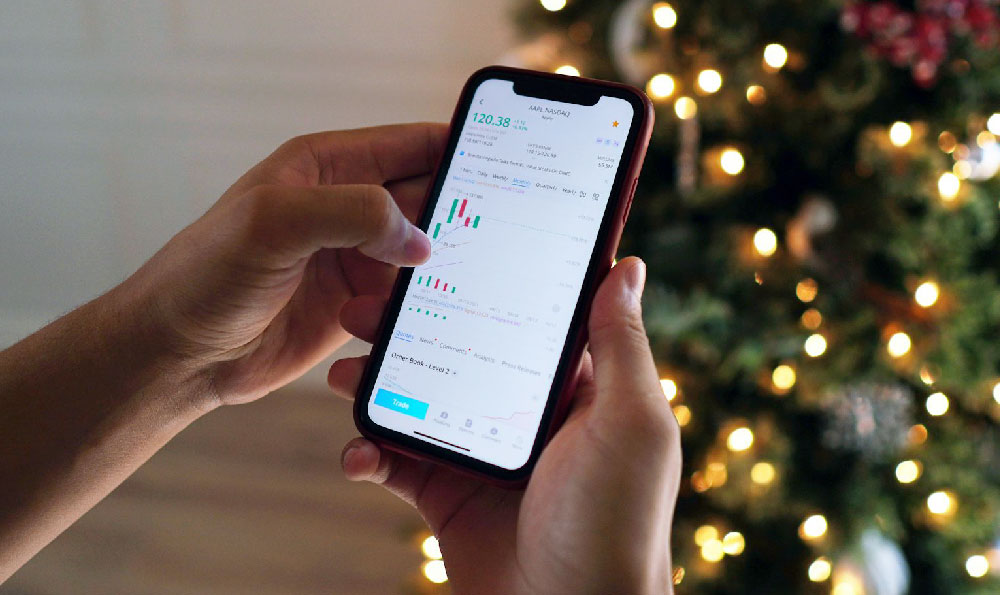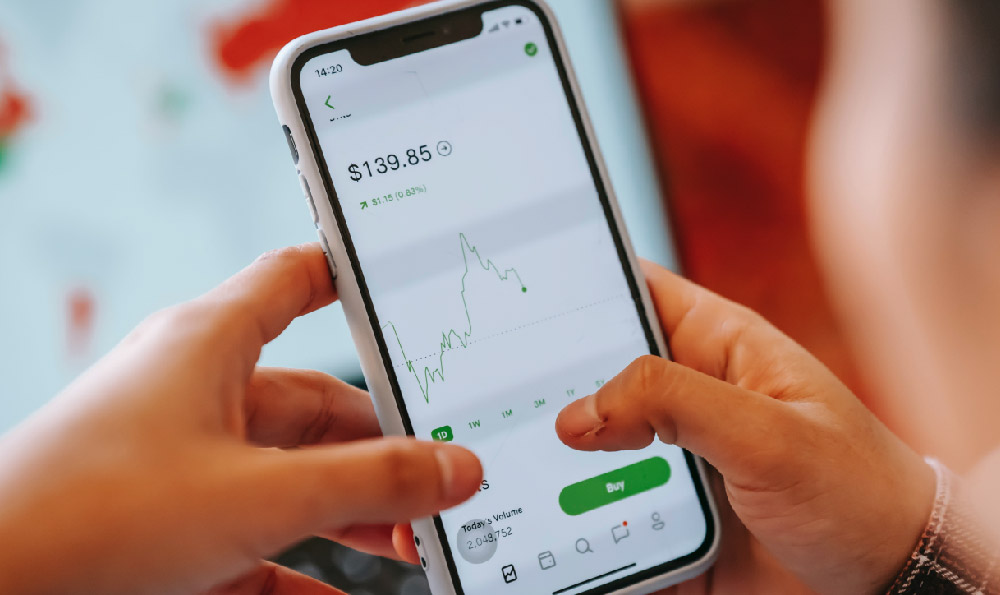The digital age has transformed the way individuals and businesses generate income, and online advertising stands at the forefront of this evolution. As the internet becomes an increasingly integral part of daily life, platforms such as Google, Facebook, YouTube, and TikTok have amassed vast audiences, creating opportunities for those who can effectively harness these tools. Earning money through online advertisements is not merely about placing ads on popular websites; it requires a nuanced understanding of audience behavior, content strategy, and financial planning. Those who approach this endeavor with both creativity and analytical rigor often find themselves at the intersection of innovation and profitability.
At the heart of this system lies the principle of value exchange—advertisers pay for the attention of potential customers, and creators earn revenue by facilitating this interaction. Whether through display ads, sponsored content, or performance-based campaigns, the success of any strategy hinges on aligning the interests of both parties. For instance, a content creator who produces engaging videos on YouTube can monetize their channel through the YouTube Partner Program, which allows them to earn a share of advertising revenue. This model rewards consistency, relevance, and audience retention, as viewers who spend more time on a video are more likely to generate ad impressions. Similarly, social media platforms offer targeted advertising options that enable businesses to reach specific demographics, but the effectiveness of these ads depends on the creator's ability to build trust and maintain an active, loyal following.
The financial potential of online advertising is vast, yet it demands careful consideration of risk and reward. Success is not guaranteed simply by publishing content or signing up for ad programs; it requires a long-term vision and strategic patience. For example, a business owner launching a blog might initially invest in SEO and content creation to attract organic traffic, which is essential for generating ad revenue. This process can take months to yield significant results, as search engines prioritize quality and relevance over short-term gains. In contrast, paid advertising campaigns on platforms like Google Ads or Meta's ad network offer immediate visibility but require constant optimization to maximize ROI. This balance between short-term and long-term strategies is a critical component of sustainable growth.

Beyond platform-specific tactics, the ability to analyze data and adapt strategies is paramount. Successful earners in this space often utilize tools like Google Analytics or social media insights to track engagement metrics, such as click-through rates, conversion rates, and audience demographics. These insights can reveal which content types resonate most with viewers, allowing creators to refine their offerings and allocate resources more effectively. For instance, a YouTuber might discover that educational tutorials generate higher engagement than lifestyle vlogs, prompting a shift in content focus to capitalize on this trend. Similarly, businesses can use A/B testing to experiment with different ad formats, headlines, and visuals, identifying the most profitable combinations while minimizing wasted budgets.
The rise of performance-based advertising models, such as pay-per-click (PPC) and pay-per-impression (PPI), has also introduced new avenues for profit. PPC campaigns, for example, charge advertisers only when users click on their ads, making them a cost-effective option for those with precise targeting goals. However, the success of these campaigns relies on a deep understanding of keyword selection, ad copy optimization, and landing page design. A well-crafted PPC strategy can generate substantial returns by directing highly qualified leads to conversion-oriented content. On the other hand, PPI models, often used in video advertising, reward creators based on the number of ad impressions, which can vary depending on content relevance and audience size. This model is particularly suited for those who can consistently produce high-view content, as the cumulative effect of repeated exposures can lead to impressive earnings.
In today's rapidly evolving digital landscape, the ability to adapt to new technologies and trends is essential for long-term profitability. The emergence of influencer marketing, for example, has created opportunities for individuals to monetize their online presence by partnering with brands for sponsored posts or product promotions. This model leverages the creator's influence and credibility to drive engagement, with payment structures often tied to the number of followers, the nature of the content, or the performance metrics achieved. Similarly, the growing popularity of video content has made platforms like TikTok and YouTube increasingly valuable for advertisers, as these platforms offer unique ways to connect with audiences through visual storytelling and algorithm-driven recommendations.
However, the path to earning money through online advertisements is not without challenges. Effective monetization requires a combination of skills, including content creation, marketing strategy, and financial management. For example, a creator might need to invest in high-quality equipment, design tools, or analytics software to streamline their workflow and maximize their earnings. Additionally, the competitive nature of the digital market means that success is often driven by innovation and differentiation. Those who can carve out a niche, provide unique value, or leverage emerging trends tend to outperform their peers.
Ultimately, the ability to earn money with online advertisements is a complex interplay of creativity, strategy, and execution. By understanding the dynamics of audience engagement, selecting the right platforms, and continuously refining their approach, individuals can unlock significant financial opportunities. The key to success lies not only in earning the maximum amount of money but also in managing risk and ensuring that the strategy aligns with long-term financial goals. As the digital economy continues to expand, those who embrace this challenge with confidence and expertise will find themselves well-positioned to thrive in this competitive landscape.












